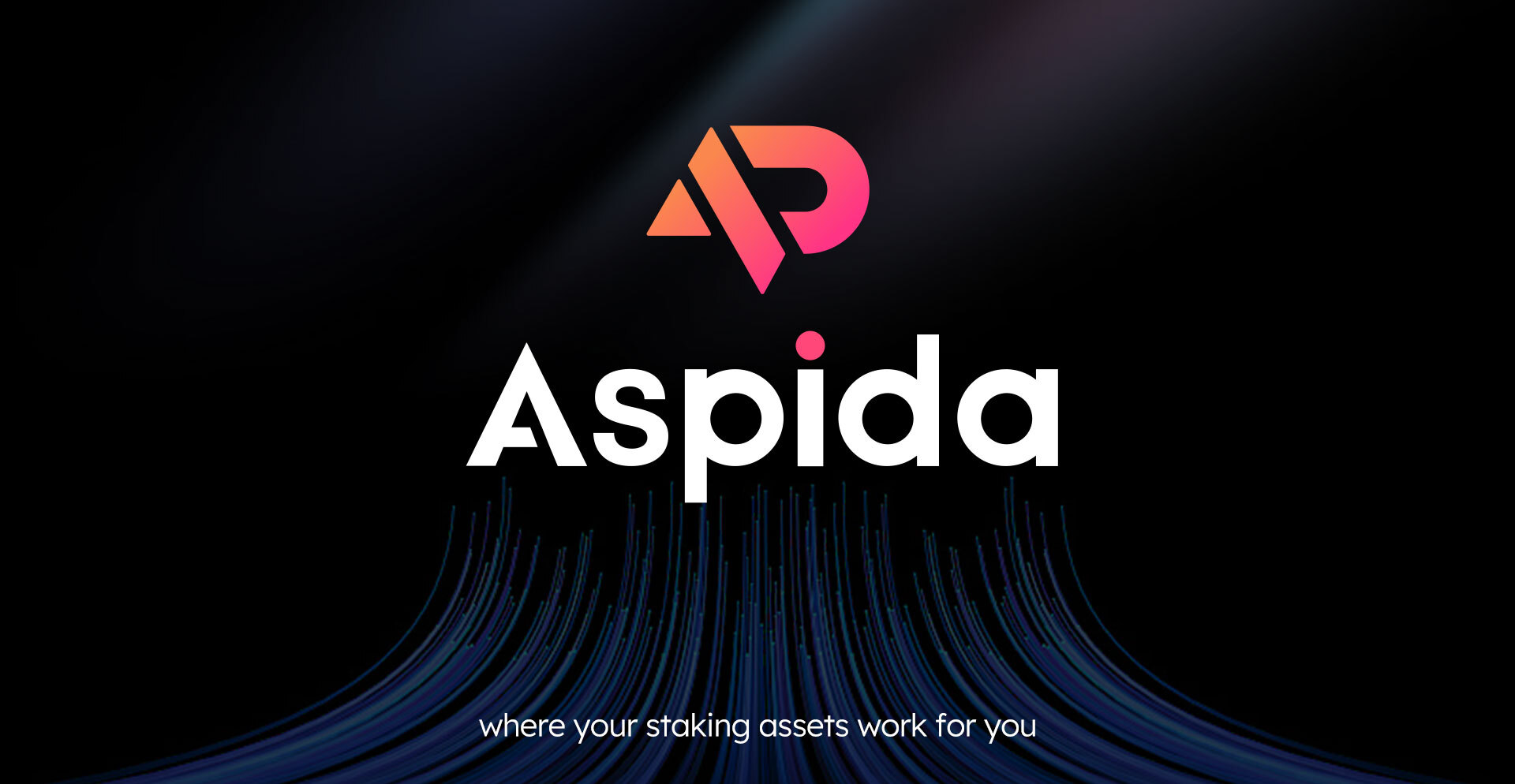
What are LSDs?
LSDs, also known as Liquid Staking Derivatives, allow users to deposit their ETH into a smart contract, which then locks the ETH on the beacon chain with pre-selected validators. In return, the user receives a token, the liquid staking derivative, which represents the underlying staked ETH and accrues value based on rewards in the network. When withdrawals are enabled, LSDs will be redeemable for the underlying ETH along with any additional ETH from staking yield.
LSDs also provide a way to participate in DeFi by allowing users to lend, trade, and borrow using these tokens. This provides users with more ways to generate yield and participate in the broader DeFi ecosystem.
History of Liquid Staking Derivatives
Back on Dec 1, 2020, Ethereum tested the proof of stake (PoS) approach on its Beacon Chain. Through this approach, users could become validators by staking 32 ETH. Their ETH tokens, however, were subject to a locking period. This meant that the staked assets would be illiquid for a while.
The possibility of all these began enticing new staking users. But there was a serious problem. Not every investor had 32 ETH to spare for staking. And because staking was a viable option for earning passive income, users tried to find alternative ways to stake ETH without jeopardizing liquidity.
Why LSDs Became Popular?
The rise of ETH staking on the Beacon Chain has inadvertently led to the rise of liquid staking protocols.
Users can stake their ETH to earn staking rewards since Ethereum has upgraded to a Proof-of-Stake Chain (September 15, 2022, “The Merge” Event). However, the staked ETH is actually capital inefficient, because it is set to be locked up on the Ethereum Mainnet.
Liquid staking is a useful solution that can solve this liquidity problem. LSDs allow users to receive a liquid staked derivative token for staking ETH, which can be secondary used in DeFi to help obtain a higher return.
*“The Merge” Event: The Ethereum upgrade from the original proof-of-work mechanism to proof-of-stake was called The Merge. The Merge refers to the original Ethereum Mainnet merging with a separate proof-of-stake blockchain called the Beacon Chain, now existing as one chain; this reduced Ethereum’s energy consumption by ~99.95%.
How Does Liquid Staking Work?
When tokens are staked, they typically are locked for a period of time. This means that they cannot be traded or withdrawn for that time period. This provides greater stability to the network, but it creates inefficiency for stakers. Liquid staking provides a staker liquidity on their staked tokens via tokenization. Liquid staking derivatives are tokens that have an equivalent value to the amount that the user has staked.
Through the use of the liquid staking derivatives tokens, the assets of an equivalent value may be used on other DeFi protocols and still earn staking rewards. With liquid staking, token holders may be more motivated to stake their native tokens and contribute to the stability and security of the network.
Aspida
Aspida is a native liquid staking network which provides security, liquidity and optimized native rewards. It features easy accessible, allowing users across different layers/networks to earn staking ETH yield.
By prioritizing both asset security and user convenience, Aspida offers unparalleled liquidity and flexibility, empowering users to exit their positions whenever they choose. With its user-friendly interface and non-custodial approach, Aspida streamlines the staking process, allowing individuals to profit safely and effortlessly.
Aspida aims to explore the role allocation of the entire staking chain on the basis of safety, with the ultimate goal of achieving greater decentralization. As an asset protocol, Aspida features easy conversion, transferability across multiple chains, and no limitation on the amount of funds. In terms of liquidity, Aspida is committed to versatility across different scenarios.
Aspida serves the following primary functions to a variety of stakeholders:
- Onboarding and registering validators for node operators
- Staking for end users
- Reward distribution for end users, node operators and the Aspida DAO
Aspida also:
1. Reduces the capital threshold for stakers to participate (minimum 0.01ETH), greatly expanding the pool of participants;
2. Has simple and friendly staking processes: participants can participate with just one click;
3. Supplies clear and comprehensive information: stakers can fully understand the current income situation and on-chain information;
4. Provides non-custodial staking service;
5. Makes staking more secure: SSV and other DVT technologies are used to select NodeOperators to ensure safety;
6. Manages risks through DAO governance.
Aspida NodeOperators participating in staking have good operational experience and professional problem-solving abilities;in which case participants can earn staking income while also participating in more DeFi opportunities to improve fund utilization efficiency.



Leave a Reply